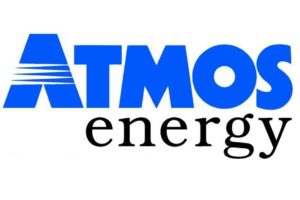The Dallas Morning News on September 23 published “Time Bomb,” an ambitious two-part investigation into the safety record of Atmos Energy. The report was authored by journalists Cary Aspinwall and Holly K. Hacker.
 The first part, entitled “How Atmos Energy’s Natural Gas Keeps Blowing Up Texas Homes,” examines the history of natural gas explosions by Atmos Energy, the north Texas gas utility. The second part, entitled “How Texas Lets Atmos Energy Off the Hook,” examines the legislative and regulatory responses to gas utility safety issues.
The first part, entitled “How Atmos Energy’s Natural Gas Keeps Blowing Up Texas Homes,” examines the history of natural gas explosions by Atmos Energy, the north Texas gas utility. The second part, entitled “How Texas Lets Atmos Energy Off the Hook,” examines the legislative and regulatory responses to gas utility safety issues.
The complete “Time Bomb” reports can be found online at The Dallas Morning News website, at these links: Part 1. Part 2.
Here are some of the key take-aways:
- More than two dozen homes across North and Central Texas have exploded since 2006 because of leaking natural gas. Nine people died and at least 22 were badly injured.
- No single state or federal agency tracks all natural gas accidents. Not all deaths and injuries are reported.

- Atmos Energy has some of the nation’s oldest pipes, leaving them vulnerable to cracks and corrosion.
- Atmos Mid-Tex has received five times as many state safety-violation citations as Houston’s CenterPoint.
- Based on at least one metric, the rate of significant pipeline accidents for Atmos has gotten worse — not better — over the last decade.
- Failures of cast-iron pipes led to recent Atmos explosions. Natural gas companies have known about the dangers of cast-iron pipes since the 1970s and federal regulators since the 1980s have recommended their removal. Twenty states have such requirements, but not Texas.
- Houston’s CenterPoint removed all its cast-iron pipe more than two decades ago; Atmos has removed it in all other states in which it operates, but not in Texas.
- Over the past decade, Atmos has received more than 2,000 citations alleging violations of pipeline safety rules; CenterPoint has received 400.
- The costs of settlements goes into rates; records show that the Atmos utility last year sought to recover $600,000 per year to pay its insurer for several explosions.
- In some investigations, the Railroad Commission appeared to change its official findings to match Atmos Energy’s explanations.

